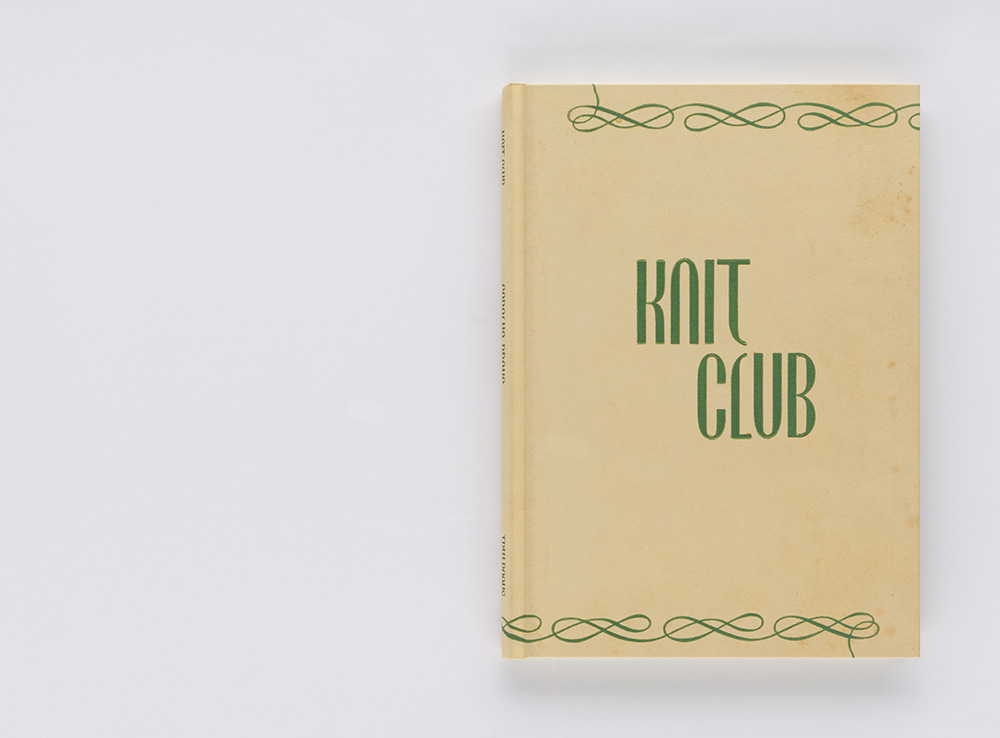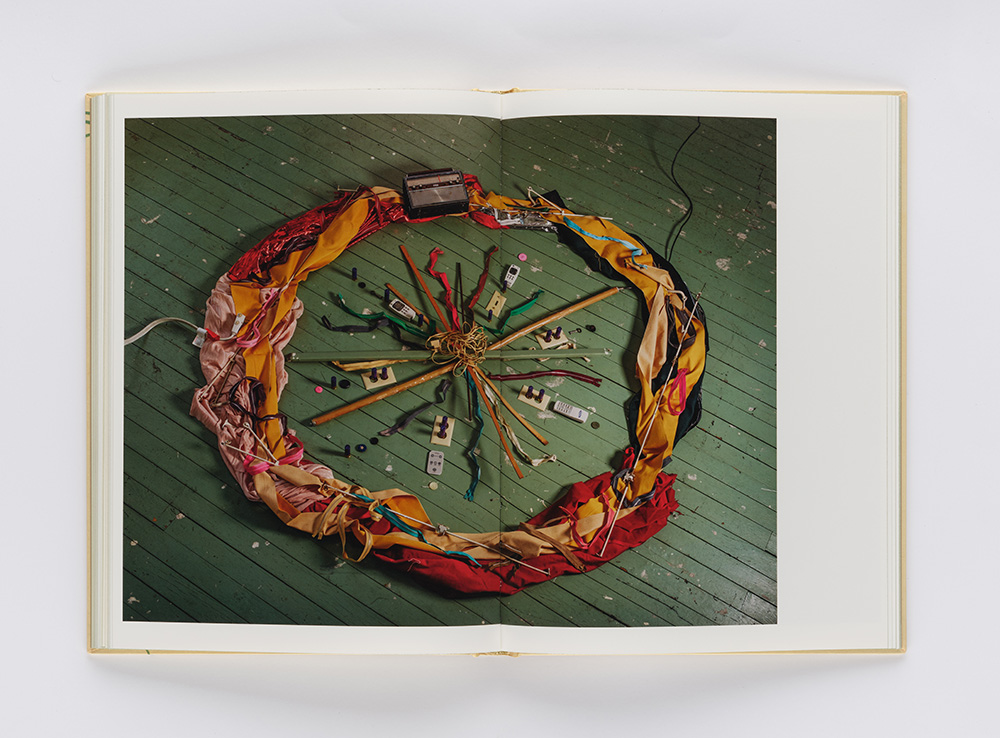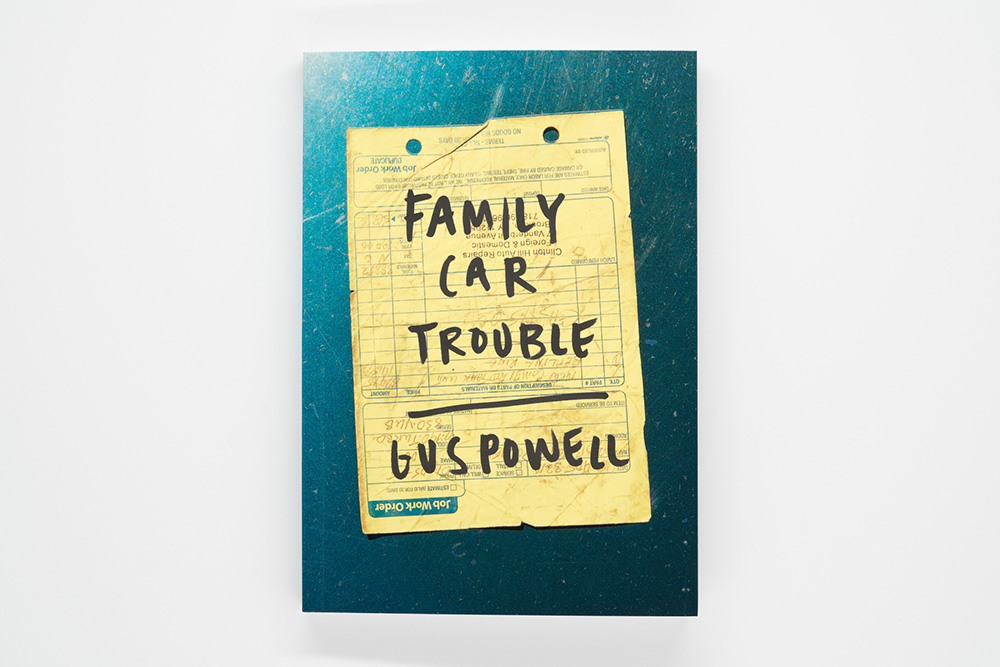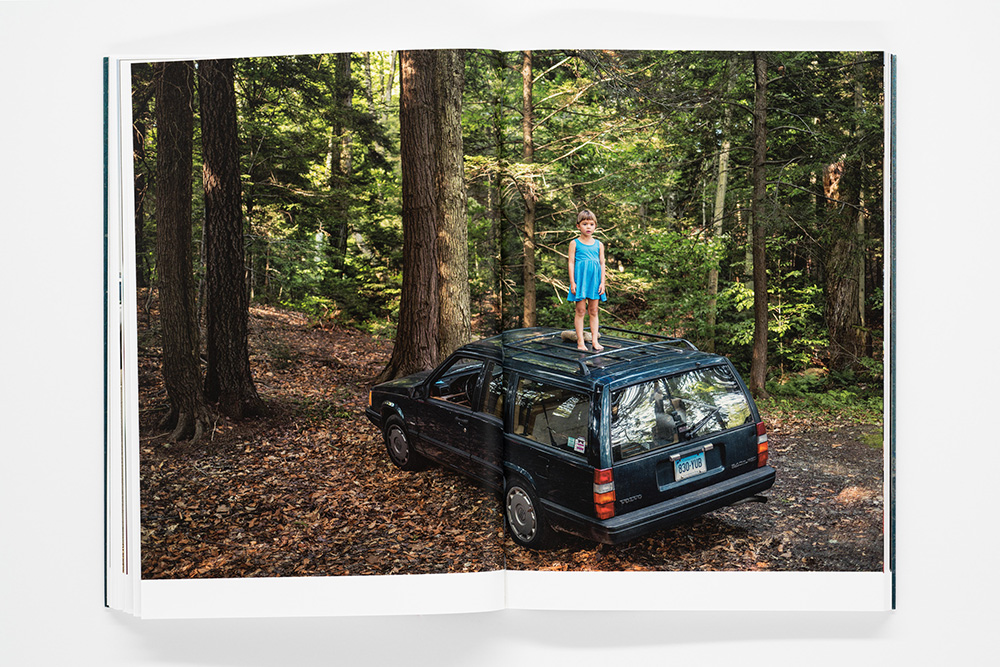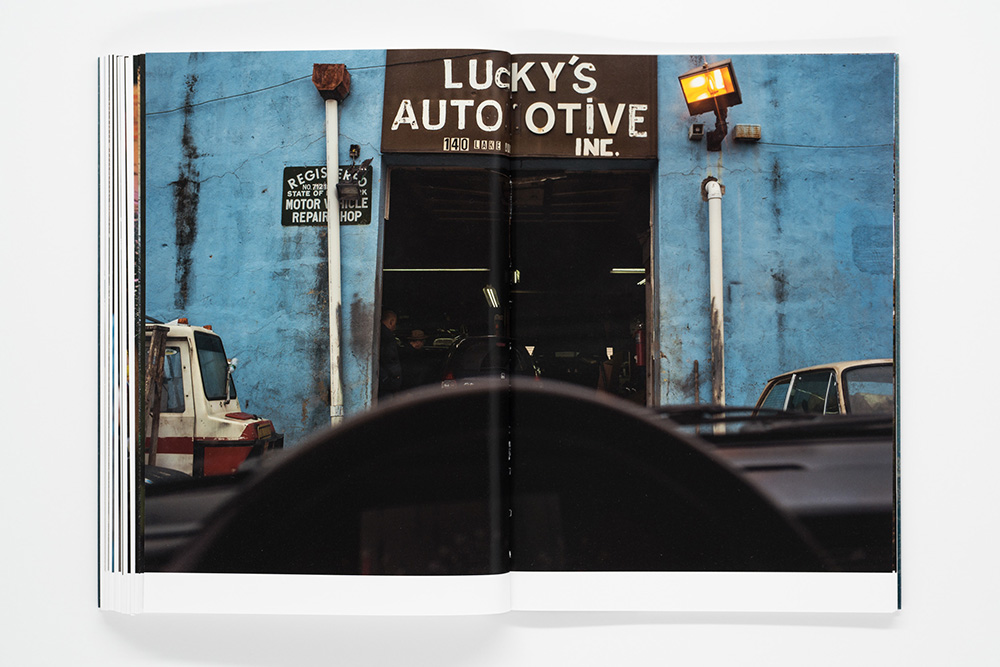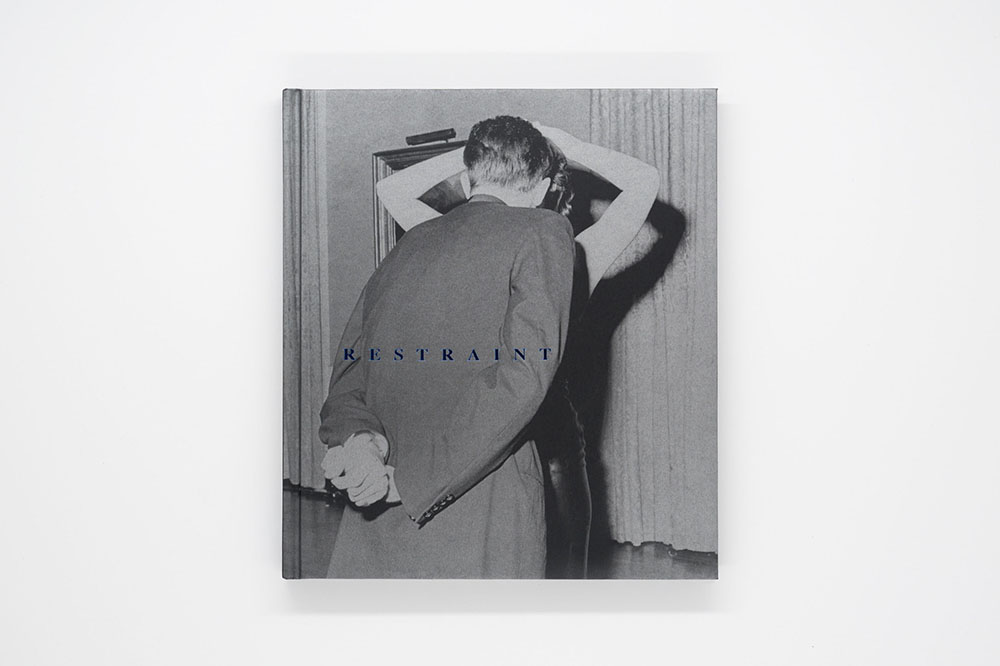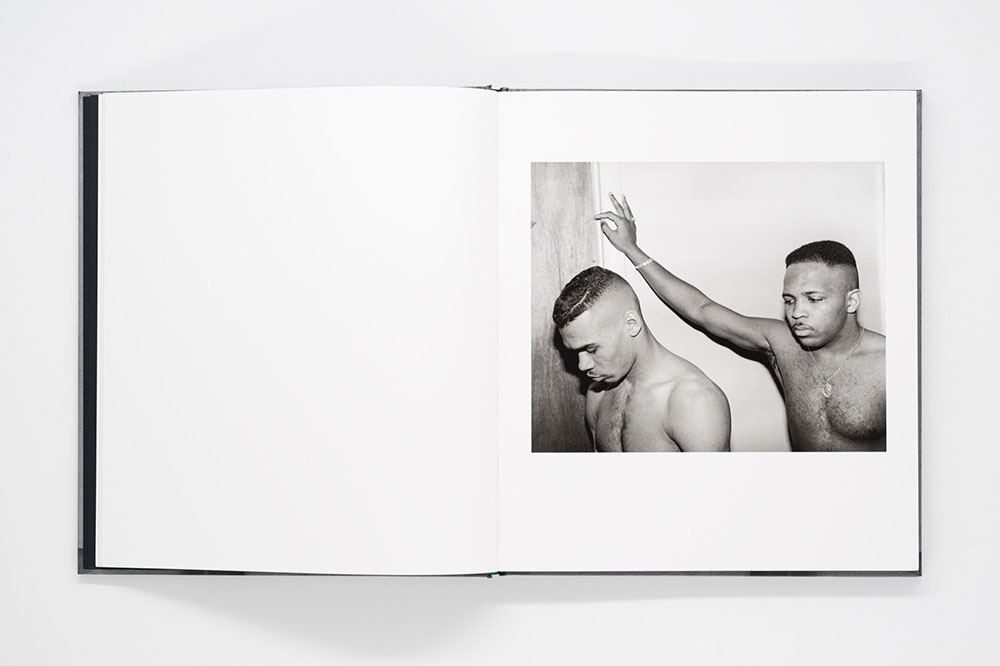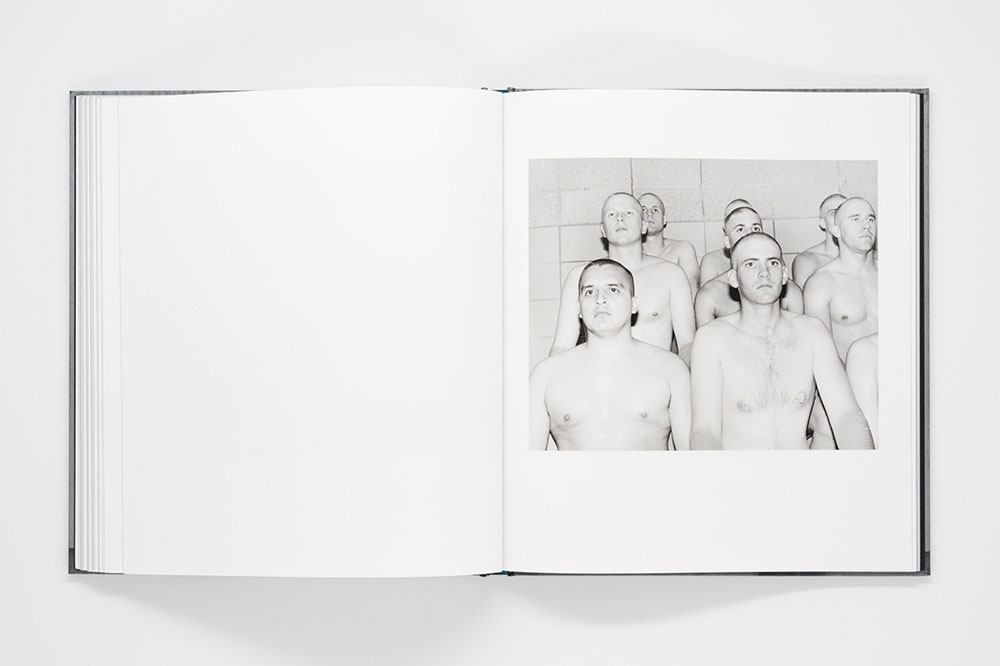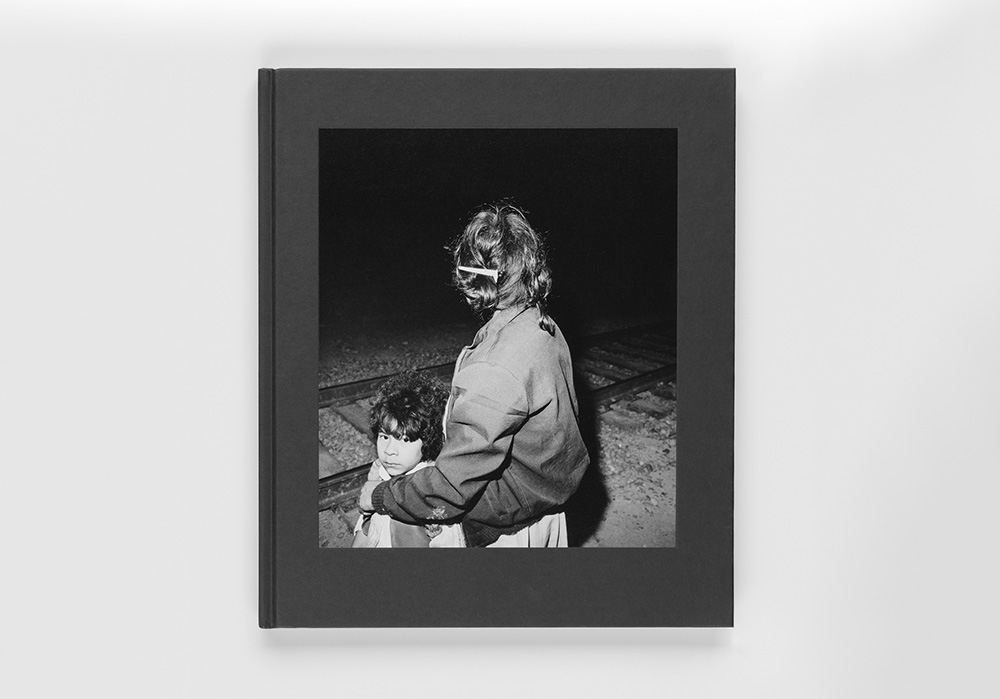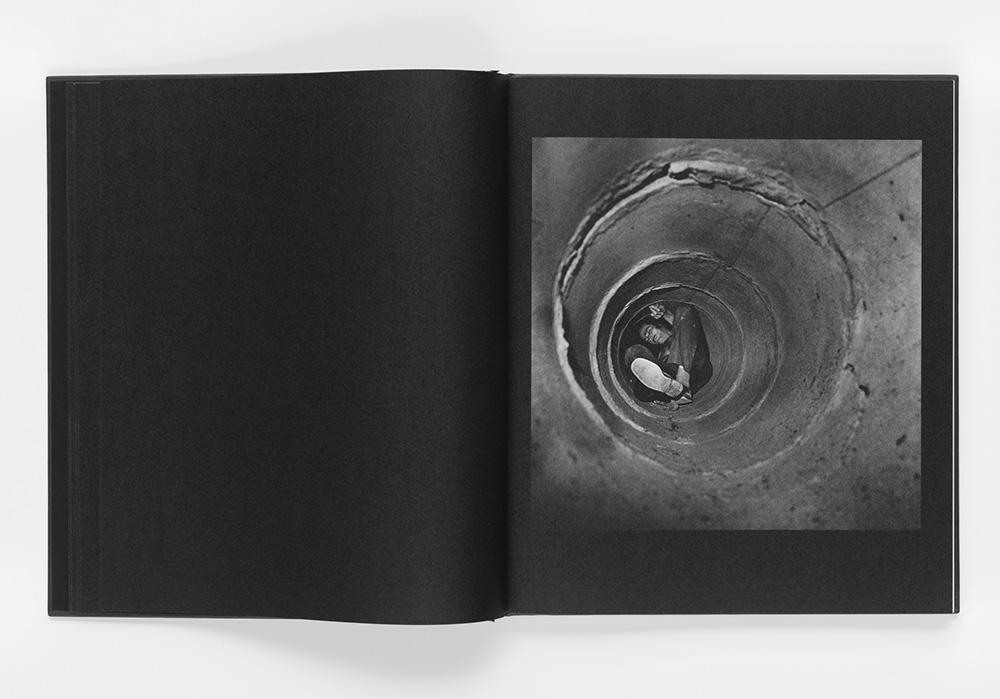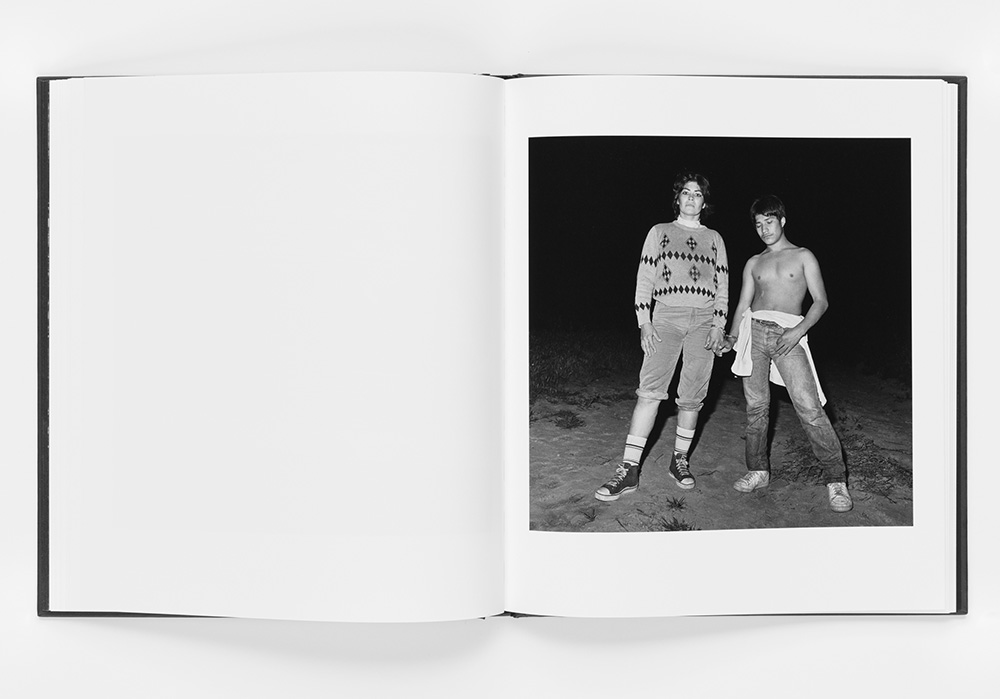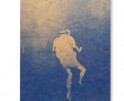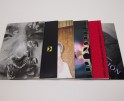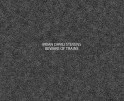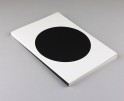Publisher’s Spotlight: TBW Books
This month is all about books on Lenscratch. In order to understand the contemporary photo book landscape, we are interviewing and celebrating significant photography book publishers, large and small, who are elevating photographs on the page through design and unique presentation. We are so grateful for the time and energies these publishers have extended to share their perspectives, missions, and most importantly, their books.
In my first year of grad school, I was introduced to TBW Books through a visiting lecture by Paul Schiek. He showed up to our San Fransisco classroom with bags of books in various stages of development. It was eye-opening to see the formality of a finished book with all its sleek imagery, graphic design, and smell of fresh ink, brought down to earth through loose photographs, torn pages, and hand-written notes. We could physically see how a book can materialize through collaboration, imperfection, and trial-and-error. Through this interview, I am happy to learn more about the history of TBW and about exciting launches on the horizon. – Tracy L. Chandler
TBW Books is an independent photography book publishing company founded in 2006 by Paul Schiek.The company produces beautifully printed and designed books by some of the world’s most renowned and acclaimed artists working in the field of photography, past and present. In addition to yearly four-book Annual Series collections, TBW Books releases a tightly curated offering of monographs and special editions.
Follow TBW Books on Instagram: @tbwbooks
What was the first book you published, and what did you learn from that experience?
I was making zines and DIY publications for years when I was younger. In my late 20s, I started intensely studying photography books in art school and I became determined to publish them myself. The first “book” I published was a glorified zine for my senior thesis. It was called Good by Angels and I made 500 of them and gave them away.
What is your mission as a publisher?
My mission has always been and always will be to not work for anyone but myself, and to create true art that comes from an honest and loving place that will inspire anyone willing to look.
What are the difficulties that publishers face?
I wouldn’t know where to start in answering this question. What I do is no different from running any independent business, like being a plumber or whatever it might be. I think it’s safe to say that I’m in the deadline and logistics business. Which is not really a fun business to be in most days
Are there any publishing projects that have been particularly meaningful to you?
I treat all of them with equal respect and love until they don’t do the same back. Naturally some end up holding a special place for me. I have a project I am about to release that I have been working on for 8 years. Not non-stop of course, but good things take time and books should not be rushed. Period. I worked for years on a book with one of my best friends, Mike Brodie, called A Period of Juvenile Prosperity that will always be a defining marker in our lives together.
What upcoming projects are you excited about?
I’m doing a book with Jeff Wall which is the project I just mentioned that I began with him 8 years ago. Also a local artist here in Oakland named Alice Wong whose work I adore. My friend Tarrah Krajnak and I are working on a project that I think is knockout and important. Paul Supuya and I have some things in the works. The list is long, I have two years of books in front of me and each one is like a child. Can’t pick one over the other.
How many books do you publish a year, and how do you choose which projects to publish? Do you have a specific focus?
If it’s photography then I’m interested in it. I try to keep the program varied, so I’ll do a book of found photographs from the turn of the century and next a conceptual book of digital images that an artist shot off of a TV screen followed by a very contemporary approach to color photography by an artist like Curran Hatlleberg. With the Annual Series, which is four books total, plus about 4-5 monographs, I seem to be hovering around 8 -9 books a year. But truthfully, I’m more interested in scaling back and doing only 3-4 books a year. I feel if I can be at that number I can ensure each book is exactly my vision and I can spend more time ensuring everything is perfect.
How can an artist get their work in front of you? Do you have any advice for photographers?
I try to not give advice, cause who the hell am I?! I simply try to be receptive and supportive of artists and their ideas. Listen to them openly and honestly. I try to be of service to others with the skills I have worked hard to cultivate. I always say if the work is good and I’m meant to publish it, I will find it. And that’s the way it’s been up to this point. I’m not a business person, so that sort of boardroom presentation and elevator pitch doesn’t work for me. I just follow my gut and I’m endlessly fascinated by all types of photography and from there I follow what speaks to my interests and publish that work.
What is the typical timeline of a project, from the beginning to the finished product?
8 years! Anywhere from 1 year (very fast) to 3 years ( typical and appropriate in my opinion) is about what a book takes from start to finish for us.
How collaborative is the design process with the artist?
I’m very different as a publisher in this regard. I come to the process as an artist so I’m extremely involved in editing and sequencing the books. At this point most of the artists I work with know me and expect this from me. The book design is almost entirely me, of course I run ideas past the artist and listen to their feedback and desires as well as some very trusted friends.
What support do you give artists in terms of marketing or distribution? Do you attend book fairs?
For the past decade I have done every book fair that would have me. True road dog style. The marketing and distribution is worldwide at this point. Both direct to customers and wholesale to stores. It’s been boots on the ground for years now, building relationships with people I meet along the way.
One last question,.. I was wondering about teaching and how that affects your publishing practice. Does making connections between different photobooks throughout history and/or breaking down structure and sequence bring insight? Are you inspired by the fresh eyes of your students?
I do teach and I enjoy it very much. It’s this great way for me to keep a foot in academia and scrutinize photobooks throughout the year. The truth is I rarely have time in my day to day to sit down and look at all the books I collect. So to have the time a few weeks out of the year to engage with students and discuss books refreshes me in a strange way. In terms of the history of the medium, I have studied and continue to study it in detail and it dramatically influences how I make books, either by following rules and standards that have been previously set or by deciding to take it in a new direction. I think both approaches, if done with intention, are a way to honor the medium and show respect to it. I never want to be seen as someone who is breaking with tradition for the sake of breaking with tradition. I want my actions to be thoughtful and intentional.
Tracy L Chandler is a photographic artist based in Los Angeles, CA. Her work explores peripheral communities and her own personal story reflected through portraiture and narrative. Her photographs address themes of memory, belonging, seeing, and being seen. Tracy earned her MFA in Photography at the Hartford Art School in 2021 where she was awarded the Mary Frey Book Grant. Her work has been exhibited in galleries and institutions in the United States and abroad.
Follow Tracy on Instagram: @tracylchandler
Posts on Lenscratch may not be reproduced without the permission of the Lenscratch staff and the photographer.
Recommended
-
Publisher’s Spotlight: Smog PressJanuary 3rd, 2024
-
Publisher’s Spotlight: Kult BooksNovember 10th, 2023
-
Publisher’s Spotlight: ‘cademy BooksJune 25th, 2023
-
Publisher’s Spotlight: Brown Owl PressDecember 10th, 2022
-
Publisher’s Spotlight: DOOKSSeptember 26th, 2022

